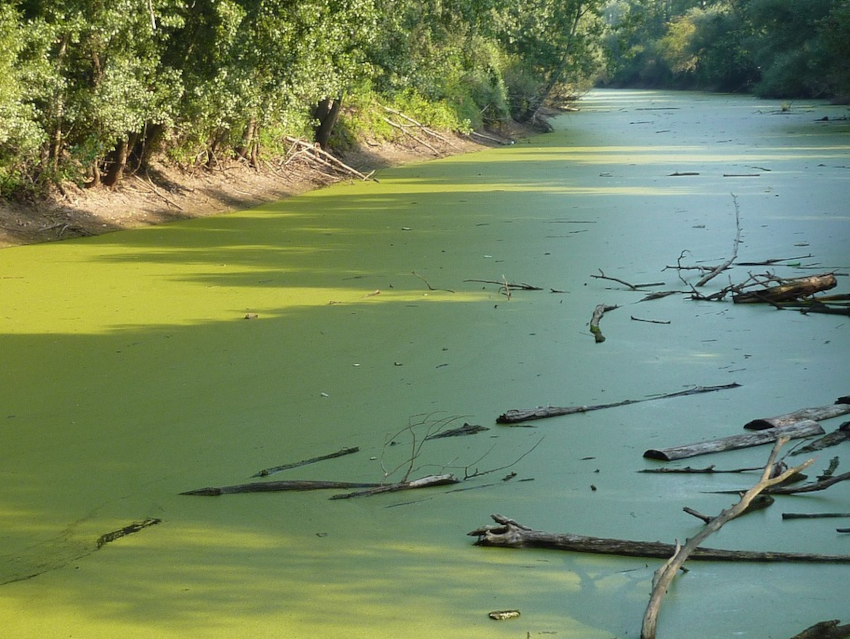Harmful algal blooms have become a growing environmental problem. They can produce toxins that can sicken humans and animals, threaten water ecosystems, and affect drinking water safety. The cyanobacterium Microcystis aeruginosa, for example, is responsible for algal blooms in freshwater ecosystems.
Acids or strong oxidizing agents can kill M. aeruginosa cells, but they can also generate potentially harmful products. Persulfate-based oxidants could control M. aeruginosa algal blooms, but these compounds require catalysts, such as powdered biochar, to be effective. Biochar is a charcoal-like material that is produced from plant materials. However, it is typically in powder form and tends to precipitate and not stay at the surface of bodies of water long—which is where algal blooms mainly occur.
Jiangfang Yu, Lin Tang, Hunan University, Changsha, China, and colleagues have developed a floating, sponge-like material containing biochar that could help to control algal blooms without producing damaging byproducts. The team started with a porous sponge made of melamine and prepared a powdered biochar from shrimp shells via pyrolysis. They used polyvinyl alcohol PVA as a cross-linking agent to bind the powder to the sponge and create the desired floatable catalyst. This catalyst was then used together with a peroxydisulfate (PDS) solution.
In combination with PDS, the floating sponge achieved 95 % M. aeruginosa inactivation efficiency on its first use. The efficiency remained high (ca. 90 %) after four reuses. According to the researchers, the system produces reactive oxygen species (ROS), which damage cell membrane and cause the death of M. aeruginosa cells. The team also tested the system in actual lake water samples and found that it inactivated over 85 % of the algal cells.
- Floatable 3D Sponge@SBC-Induced Dual-Pathway-Activated Persulfate for Microcystis aeruginosa Inactivation,
Lifei Deng, Yu Chen, Jiangfang Yu, Jie Yuan, Qili Peng, Yuyang Yi, Nile Wu, Lin Tang,
ACS ES&T Water 2023, 3, 2707–2717.
https://doi.org/10.1021/acsestwater.3c00202




